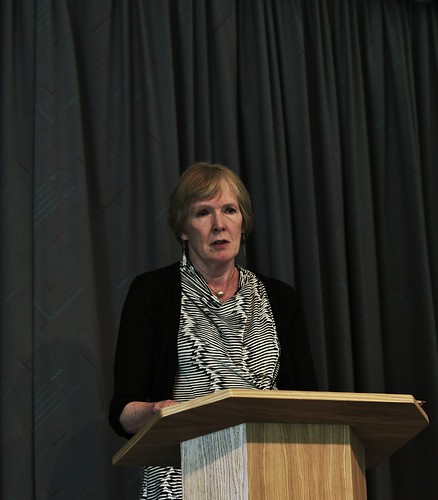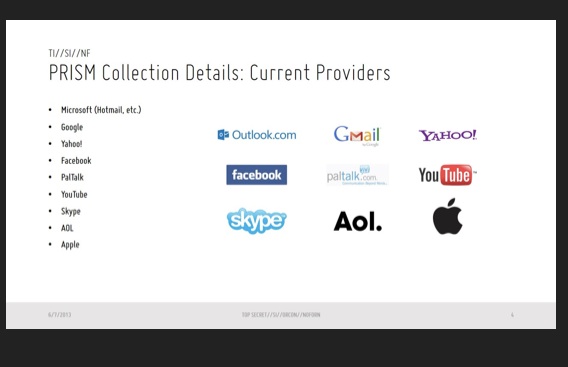The key trick is to write about a global problem in a way that brings it home to readers without patronising them or over-simplifying it. The New Yorker’s Elizabeth Kolbert does this better than most, as for example here:
A lot of what’s known about carbon dioxide in the atmosphere can be traced back to a chemist named Charles David Keeling, who, in 1958, persuaded the U.S. Weather Bureau to install a set of monitoring devices at its Mauna Loa observatory, on the island of Hawaii. By the nineteen-fifties, it was well understood that, thanks to the burning of fossil fuels, humans were adding vast amounts of carbon to the air. But the prevailing view was that this wouldn’t much matter, since the oceans would suck most of it out again. Keeling thought that it would be prudent to find out if that was, in fact, the case. The setup on Mauna Loa soon showed that it was not.
Carbon-dioxide levels have been monitored at the observatory ever since, and they’ve exhibited a pattern that started out as terrifying and may be now described as terrifyingly predictable. They have increased every year, and earlier this month they reached the milestone of four hundred parts per million. No one knows exactly when CO2 levels were last this high; the best guess is the mid-Pliocene, about three million years ago. At that point, summertime temperatures in the Arctic were fourteen degrees warmer than they are now and sea levels were some seventy-five feet higher.
She goes on to write about the decision that Obama has to make soon — about whether to approve the Keystone pipeline (for which the Canadian government is lobbying fiercely) which would bring oil from Canada’s tar sands to the US. And she points out something that I didn’t know (but should have), namely that tar-sand extraction is a fiercely energy-intensive process:
Tar-sands oil is not really oil, at least not in the conventional sense of the word. It starts out as semi-solid and has to be either mined or literally melted out of the ground. In either case, the process requires energy, which is provided by burning fossil fuels. The result is that, for every barrel of tar-sands oil that’s extracted, significantly more carbon dioxide enters the air than for every barrel of ordinary crude—between twelve and twenty-three per cent more.
At the Google Big Tent last week, I said that we need a theory of incompetent systems, i.e. systems that can’t fix themselves because the necessary remedial actions run counter to the short-term (and sometimes the long-term) interests of significant components of the system. Global warming is an example, which is why we — ie humanity — won’t fix it. The planet will fix it in due course because it’s a homeostatic system (I’m with James Lovelock on that): the trouble is that the planet doesn’t give a monkey’s curse for us.
This thought was received by the audience in depressed silence.




